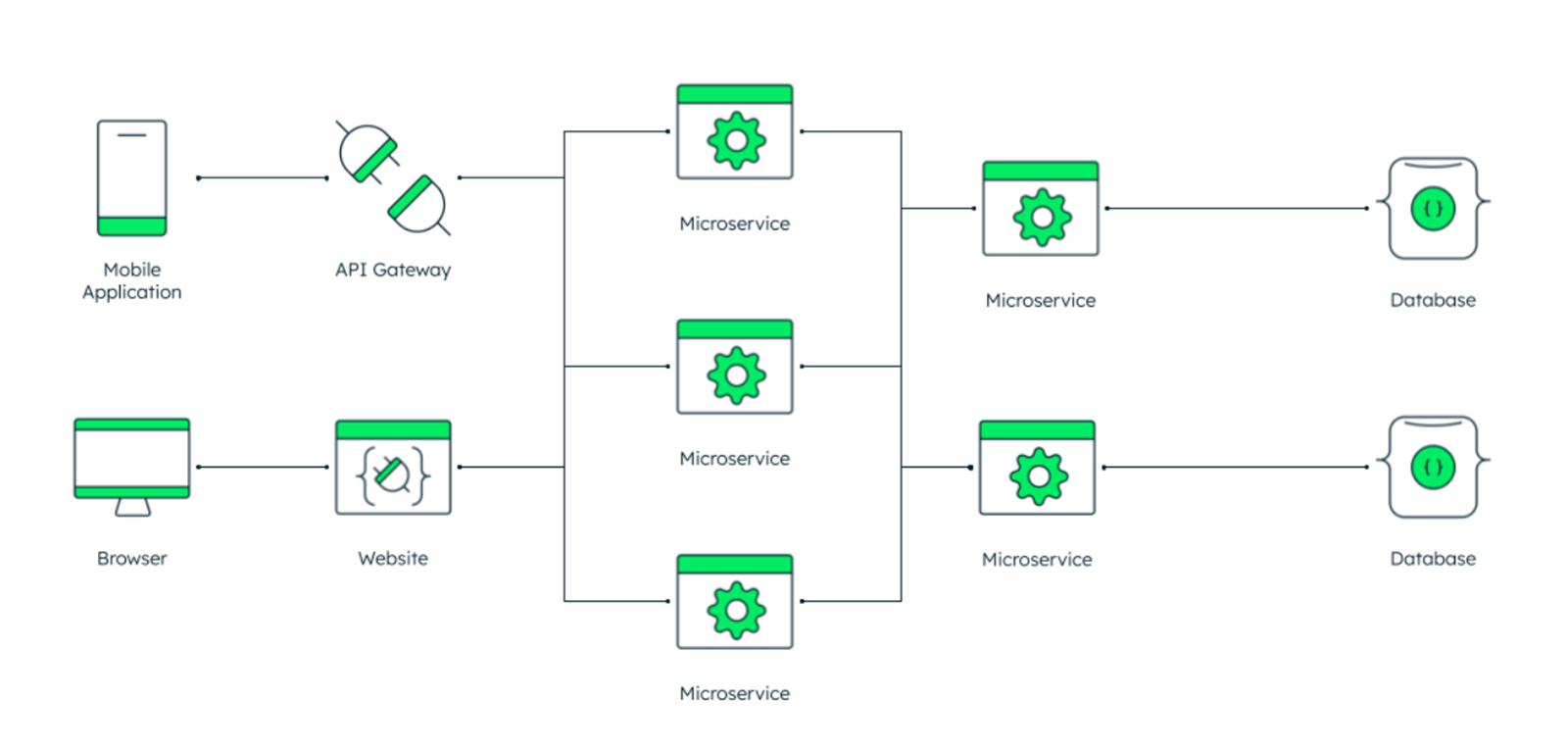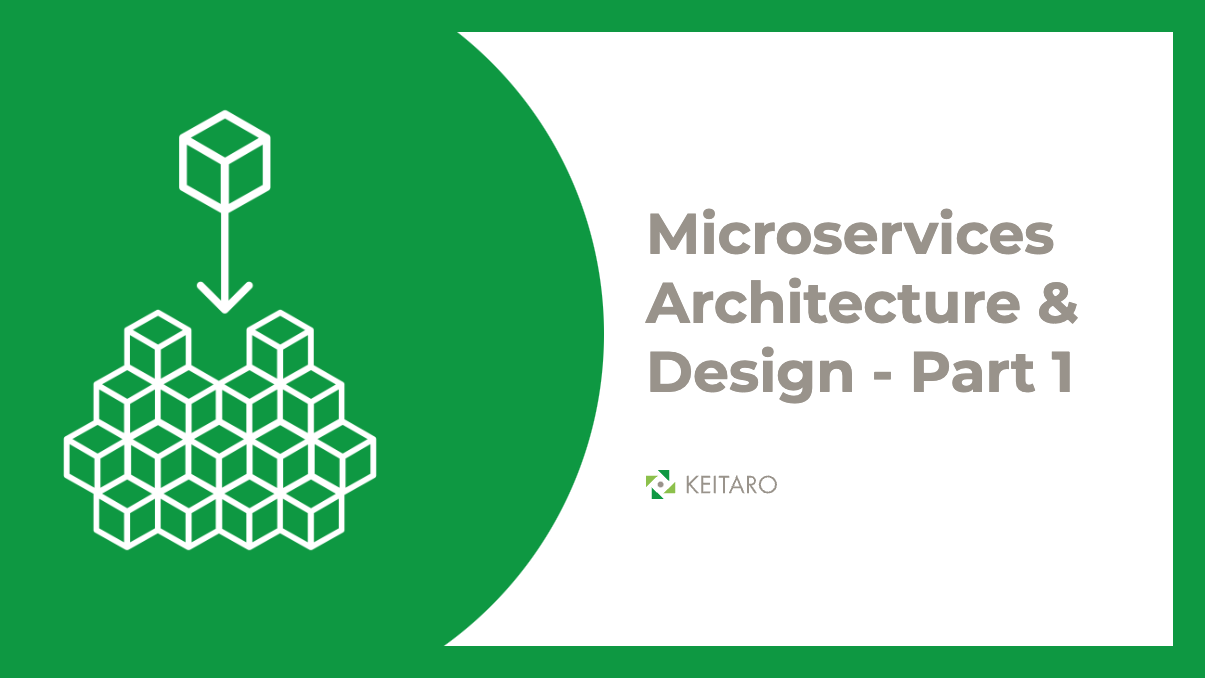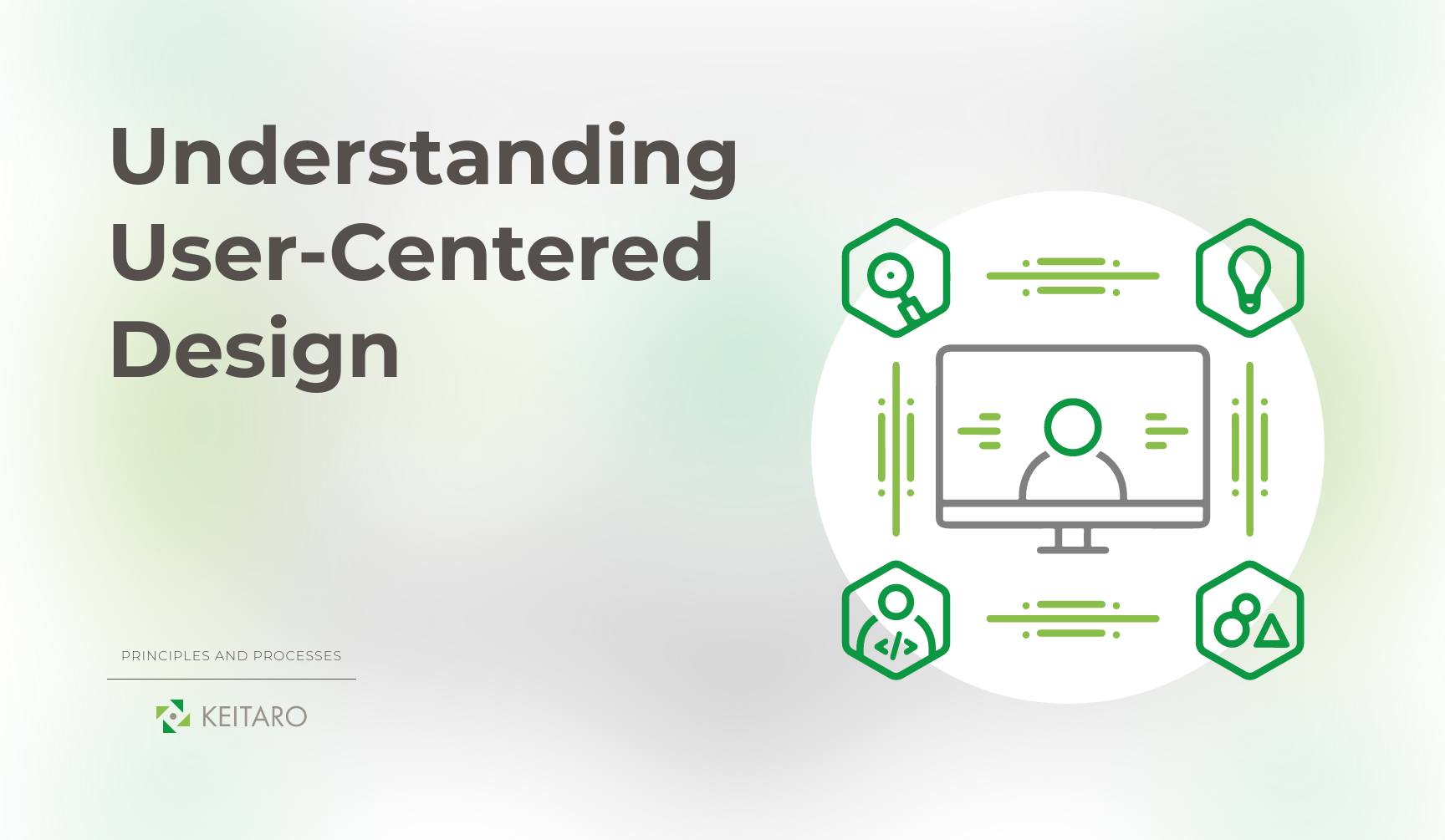In this extensive tutorial series, we will delve into the theory of microservices and demonstrate how to build a simple prototype application using microservices with Java and Spring Boot. This is the first part of the series, where we will cover the fundamentals and theory behind microservices. In the upcoming tutorials, we will provide numerous practical examples of various aspects of this architecture. Our goal is to provide a comprehensive understanding of microservices for beginners and intermediate developers who are not yet experts in this area. By the end of the series, you will have the knowledge and skills to implement microservices for your next project or to refactor your current monolithic application into a new, modern architecture.
What is Microservices Architecture?
Microservices architecture is an approach to building applications that involves breaking down complex applications into smaller, independent services that communicate with each other through APIs. Each service is responsible for a specific business capability and can be developed, deployed, and scaled independently. Microservices architecture offers many benefits, including better scalability, faster development, and easier maintenance. By breaking down the application into smaller services, developers can focus on specific tasks and change the codebase without affecting the entire application.

Benefits of Microservices Architecture
Microservices architecture offers many benefits over traditional monolithic architecture:
1. Better scalability: Easier to scale individual services independently of each other. This means that developers can add or remove services as needed to handle changes in traffic or workload.
2. Faster development: Allows developers to work on smaller, more focused tasks. This can result in faster development times and quicker releases.
3. Easier maintenance: Easier to maintain codebases by breaking them down into smaller, more manageable services. This can result in fewer bugs and easier debugging.
4. Improved fault tolerance: In a microservices architecture, services are designed to resist failures. If one service fails, other services can continue to function.
Implementing Microservices Architecture
Whether you need to implement microservices for your next big project or you have some old monolithic application that can benefit from using microservices, you need to analyze and identify the best approach for your specific scenario.
1. Identify Business Capabilities
The first step in implementing microservices architecture is identifying the business capabilities the application needs to support. Each business capability should be implemented as a separate service. For example, a shopping website might have services for product catalogs, shopping carts, order processing, and payment processing.
2. Design Service APIs
Once the business capabilities have been identified, the next step is to design the APIs for each service. APIs should be designed to be easy to use and provide clear documentation. They should also be designed to be resilient to changes in the underlying service implementation.
3. Choose a Data Storage Solution
Each service in a microservices architecture should have its data storage solution. Common options include relational databases, NoSQL databases, and in-memory databases. The choice of data storage solution should be based on the specific requirements of each service.
4. Implement Services
Once the APIs and data storage solutions have been identified, the next step is to implement each service. There are a lot of frameworks today which support microservice architecture. You can use whatever technology stack that you feel most comfortable with, the concepts explained in this tutorial are the same. In later tutorials, this will be demonstrated using Spring Boot. Spring Boot provides a framework for building microservices, including service discovery, circuit breaking, and load balancing.
5. Communicate between Services
In a microservices architecture, services communicate with each other through APIs. This communication should be designed to be resilient to changes in the underlying service implementation. Spring Boot provides a framework for implementing RESTful APIs that can be used to communicate between services.
6. Implement API Gateway
An API gateway is a server that acts as an entry point for a microservices architecture. It provides clients a single, unified API and handles routing requests to the appropriate services. Spring Cloud Gateway is a popular choice for implementing API gateways in Spring Boot applications.
7. Containerize and Deploy Services
Once the services have been implemented, the next step is to containerize and deploy them to a production environment. Containerization allows services to be deployed consistently and isolated, making it easier to manage and scale them.
Docker is a popular choice for containerizing services in a microservices architecture. Docker allows services to be packaged with their dependencies and run in a containerized environment. Once the services have been containerized, they can be deployed to a production environment using an orchestration tool such as Kubernetes.
Conclusion:
In summary, microservices architecture is a powerful approach to building complex applications that allows developers to break down large applications into smaller, independent services that can be developed, deployed, and scaled independently. Java and Spring Boot are widely used tools for implementing microservices architecture and offer many features and tools that simplify the process of building and deploying microservices. In the next tutorial, we will go deeper with technical requirements and start building our microservice application.
In this article, we have covered the theoretical foundations of microservices architecture. In the upcoming tutorials, we will dive deeper into practical examples and demonstrate how to build a simple yet powerful application using microservices. By the end of this series, you will have a solid understanding of microservices architecture and the skills and knowledge to implement it effectively in your projects.



